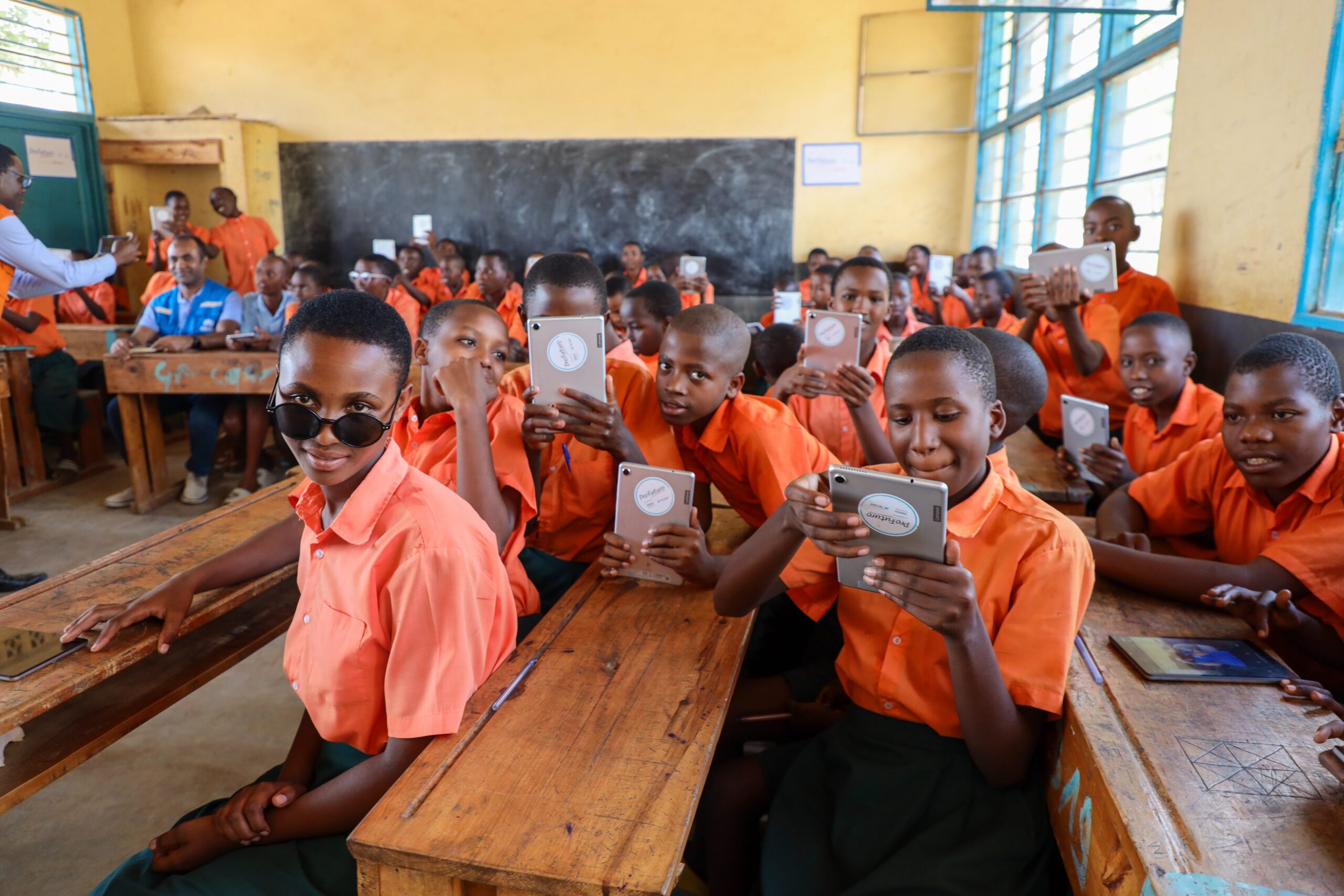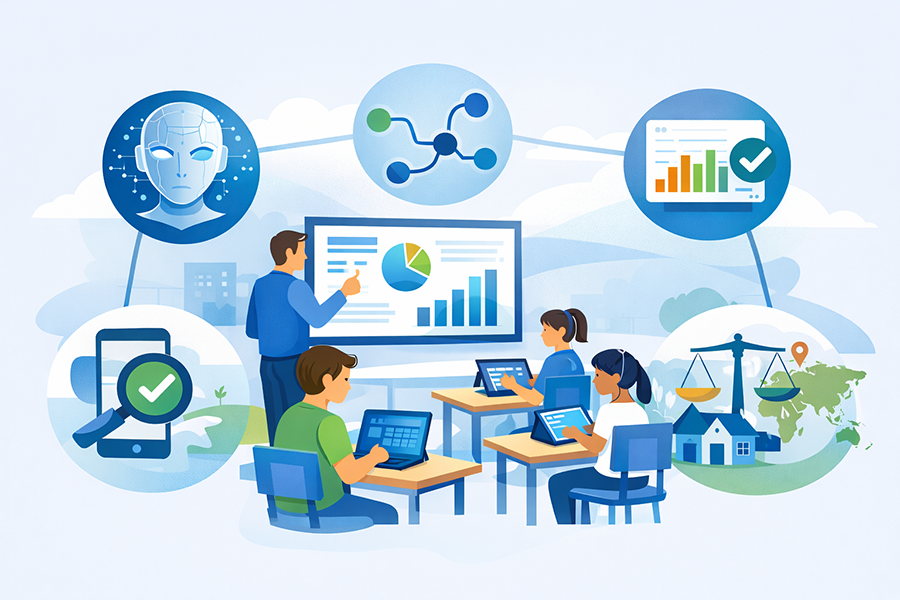Digital Education: A Hopeful Future for Refugees
Packing a backpack, carrying it, and heading to school is a very normal gesture performed by millions of children worldwide every day. But this essential routine has a very different meaning when you live far from home, in sometimes very precarious conditions, and have to learn without appropriate materials and in a language that is not your own. This is the reality for 34.6 million refugee children. If we know how to take advantage of it, digital education can make a big difference in the future of these children. This post provides a global perspective on the educational situation in these contexts and offers some lessons learned from the experiences of ProFuturo and other organizations.
Children and Armed Conflicts: Education and Much More
All children have the fundamental right to education. However, millions of them have spent much of their lives without seeing a teacher due to armed conflict. How can we help them? How can we ensure their access to quality education? How can we respond to their psychological and socio-emotional support needs?
Six Initiatives for the Right to Education of Refugee Children
One hundred million displaced and refugee people. One in three are children who cannot exercise their right to education. But today we want to focus on the positive. Therefore, we take the upcoming World Refugee Day to talk about some initiatives that improve the future and lives of these young students.
Learning to Teach in Refugee Settings: Challenges and Opportunities
Teaching in a refugee or displaced persons camp is not easy. However, technology can provide teachers in these settings with professional development opportunities to improve their training and the quality of their students’ learning. In this article, we discuss the challenges and opportunities of professional development with technology in refugee settings.
Learning to Teach in Refugee Settings: Recommendations
How can we design and implement professional development programs with technology that are accessible, sustainable, and have a great impact in humanitarian crisis contexts? In this article, we offer some recommendations.






